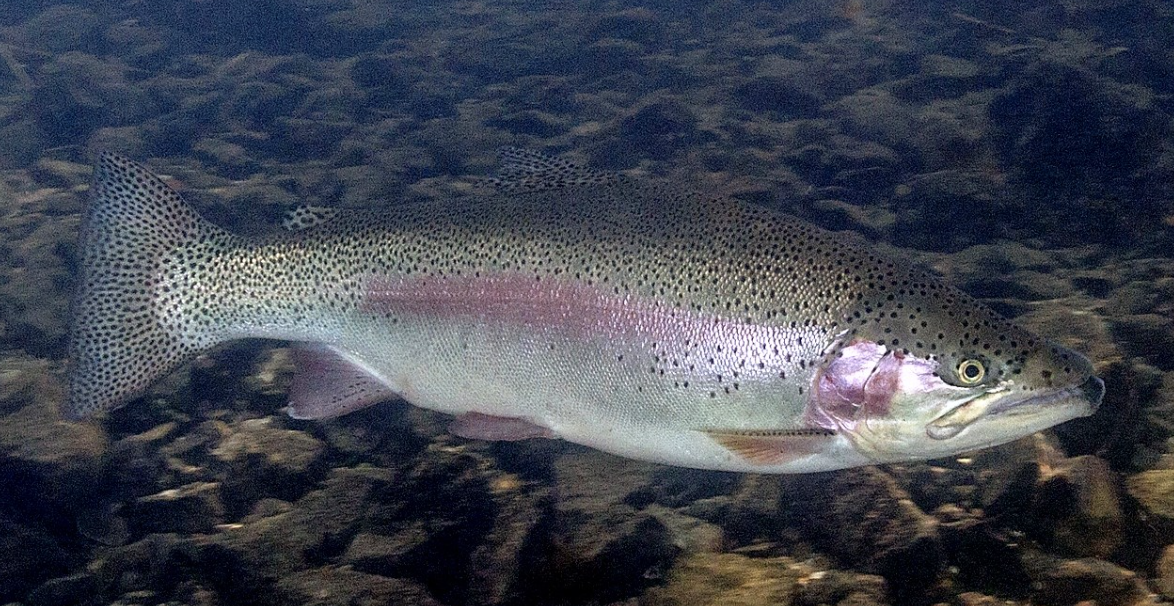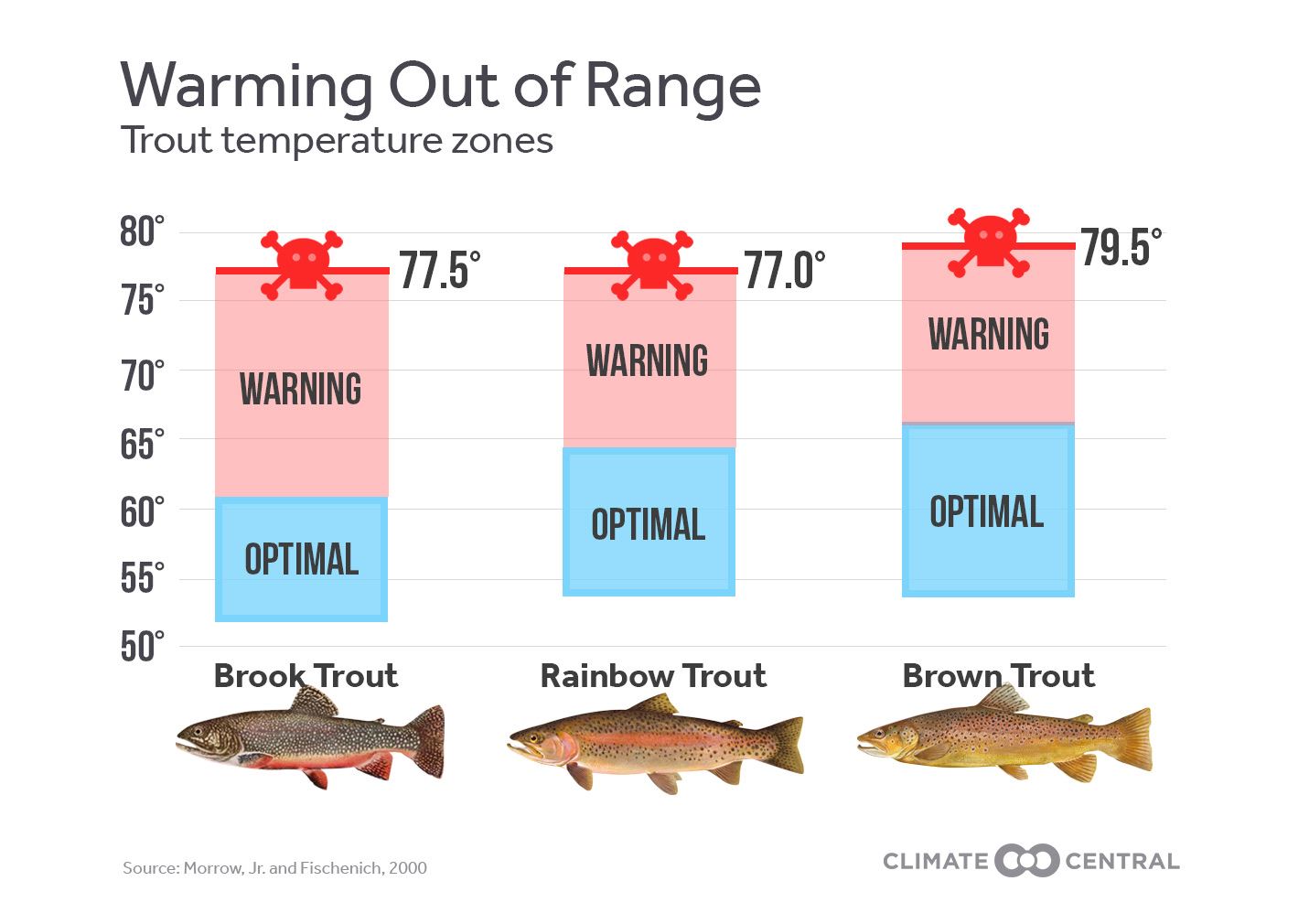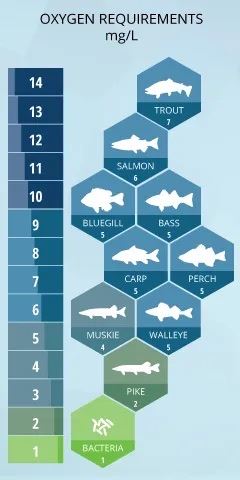Fish Rainbow Trout Rainbow is a trout and species of salmonid native to cold-water tributaries of the Pacific Ocean in Asia and North America. Trout are an important food source for humans and wildlife, including brown bears, birds of prey such as eagles, and other animals. In New Hampshire Rainbow trout are managed to provide opportunity for anglers. Most of New Hampshire’s waters are too acidic to support natural rainbow trout reproduction. Hatchery fish are stocked annually in those waterbodies that support healthy fisheries. At Spofford Lake In 2022, an official at Fish & Game confirmed that the stocking report shows that Spofford Lake is scheduled to receive fewer than half the number of yearling rainbow trout that it usually receives. As of late April, 1,640 yearlings of a total of 2,240 now make Spofford their home. The 2,240 number is likely to be the new norm as Spofford Lake is considered too small to support the 5,000 yearlings of years past. The opening of the trout season is generally the 4th Saturday of April. Eggs are provided free of charge from the Federal Government to the Milford Fish Hatchery, where they mature to a size of 8-10 inches in length. Fish & Game noted that the size of the fish introduced into the Lake has declined over the years. Rainbow trout under 15 inches in length may not be kept and must be returned to the Lake. Basic Facts Common Name: Rainbow trout. Scientific name- Oncorhynchus mykiss. Distribution: Native to the Pacific coastal drainages from northern Mexico to Alaska. Rainbow trout have been introduced all over the world and now reside on every continent except Antarctica. Diet: They are carnivorous, taking advantage of most food sources that they encounter. Aquatic and terrestrial insects provide much of their food as do other fish, crustaceans, and other organisms. Description: With a body shape typical of all trout, coloration is generally blue-green or yellow-green with a pink streak along their sides, white underbelly, and small black spots on their back and fins. Color patterns may differ greatly in relation to location, age, and spawning condition. Juvenile fish will have parr markings on both sides. Sea-run (anadromous) rainbow trout, known as steelhead, are silver in color and lack the distinctive pink streak along their sides. Habitat: Rainbow trout prefer cold water and are intolerant of temperatures over 70°F. They are, however, more tolerant of warmer water than the brook trout, which require temperatures below 65°F. Life history: Life history characteristics of rainbow trout are extremely variable. A single river system in British Columbia may contain year-round river residents, lake residents, and sea-run fish that migrate to the ocean and back at different times of year. Historically a spring spawner, rainbows seek out swift gravel areas to reproduce. The female excavates a gravel nest, called a redd, and covers the eggs once they have been fertilized. Males aggressively compete for position along the female as she lays eggs in multiple redds. Average Life: In the wild, 4-6 years Size: 20-30 inches, 8 pounds Thanks to the following sources: NH Fish and Game , National Geographic, and Wikipedia. Page updated March 20, 2023 |
NH Fish & Game (Keene) (603) 352-9669
|




